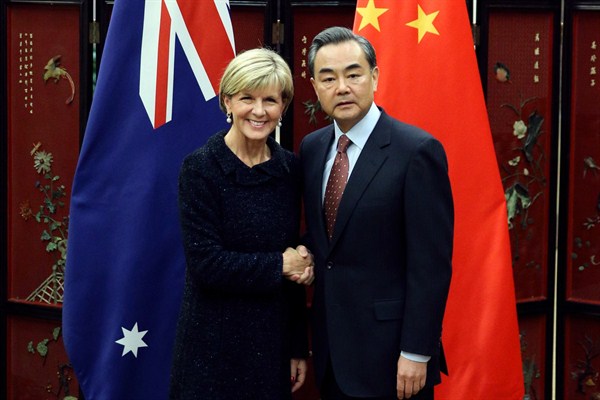“The future Australian Defence Force will be more capable of operations to deter and defeat threats to Australia,” declares the 2016 Defense White Paper, released in late February. The ambitious strategic document backs up this assertion with extravagant promises to raise defense spending to 2 percent of GDP in just a few years; to double the size of Australia’s submarine fleet from 6 to 12; and to develop a maritime force with formidable anti-submarine warfare capabilities. The paper boasts that it “sets out the most ambitious plan to regenerate the Royal Australian Navy since the Second World War.”
And yet, a shadow of doubt hangs over the White Paper’s claim that the future Australian Defence Force (ADF) will be more capable than the present-day version. For the question begs: more capable compared to what, and to whom?
If the comparison is with the ADF today, then the White Paper’s claim is surely safe. If the spending and procurement promises made in this document are kept, the ADF of 2035 will be substantially more capable than the one existing today. But that’s not a useful comparison. The true measure of the ADF will be how it stacks up against regional yardsticks and potential adversaries, and the White Paper itself has some things to say about that.

